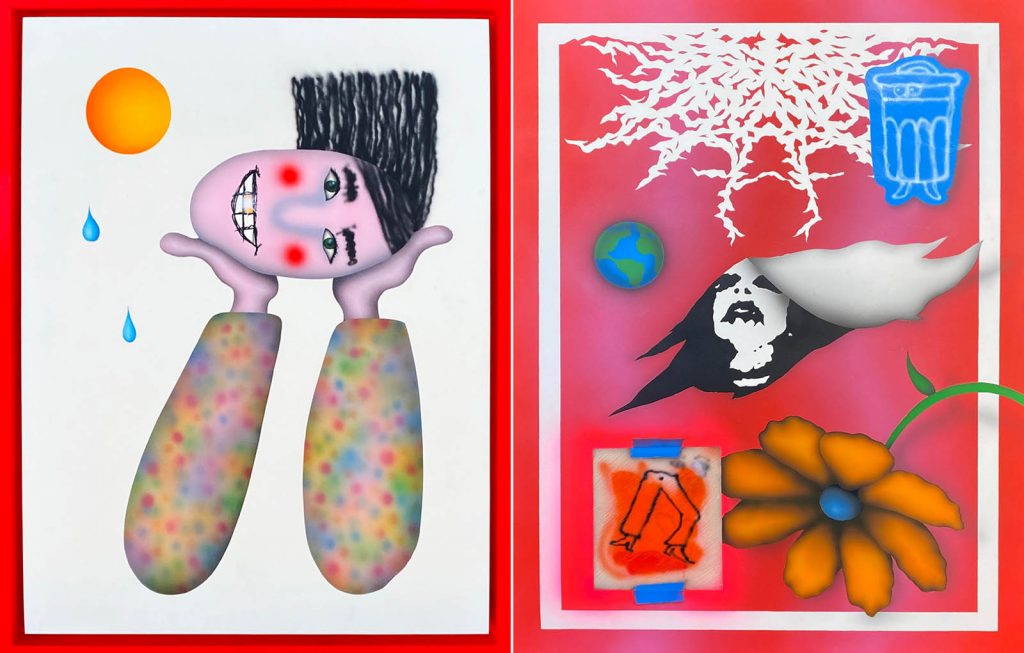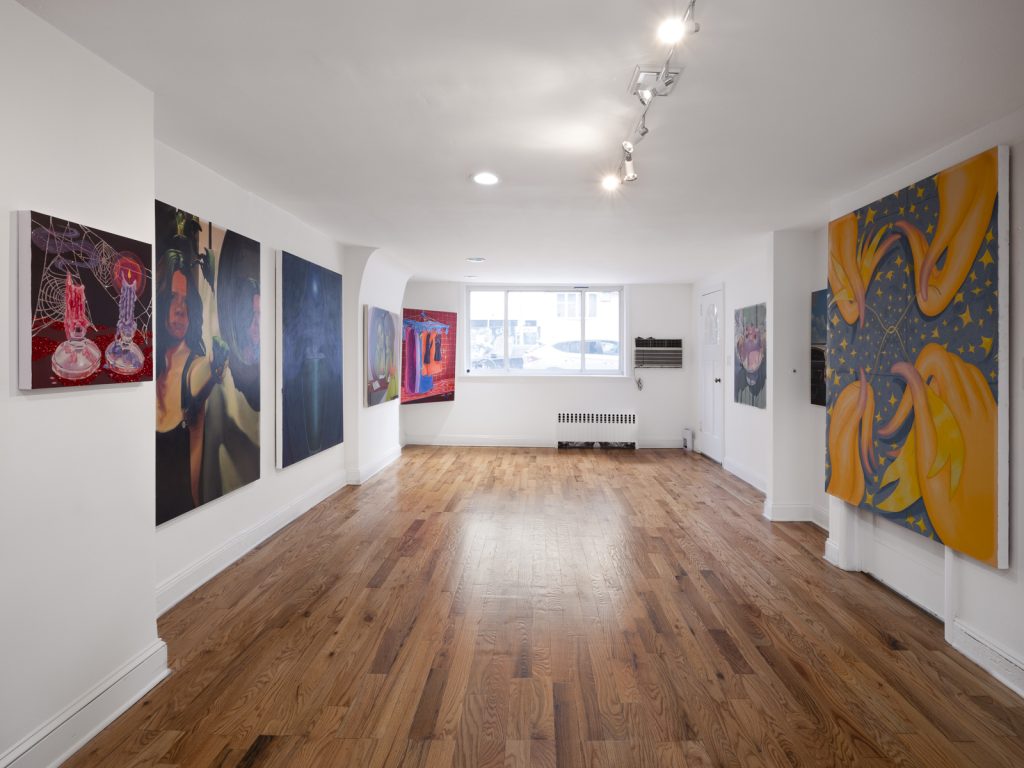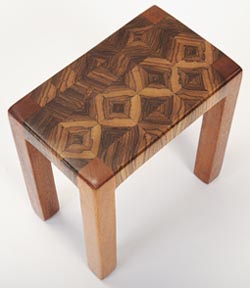Brooklyn-Based Rachael Tarravechia + Anthony Eslick’s “New York Isn’t F*cking Dead” Exhibition
Tchotchke Gallery’s first duo show pays homage to those who continue to shape and contribute to NYC’s enduring vibrance

Like many New Yorkers over the past year, Tchotchke Gallery founders Danielle Dewar and Marlee Katz defiantly rejected claims made by various publications (and individuals) that the city was somehow dead. “We both felt quite protective,” they explain. “Not to mention, this also happened around the same time that we saw the great migration out of New York City.” While some returned when case numbers (along with the weather) improved, Dewar and Katz decided to pay homage to their city and the people that contribute to its incandescent energy. “We wanted to highlight the working artists, creatives and culture shapers who have remained supportive of their New York communities during this tumultuous time.” They’re doing so with New York Isn’t Fucking Dead, an online exhibition (opening today) of work by Brooklyn-based artists Rachael Tarravechia and Anthony Eslick.
Tarravechia and Eslick’s work—while undeniably different—encapsulates much of NYC’s verve, color and radiance. Their bold, off-kilter scenes, styles and characters reflect those of the city itself. We spoke to the artists about preparing for the show, the pressures of exhibiting online and the ever-enduring vibrance of New York City.

Do you remember when you first heard “New York is dead” and what your reaction was?
Rachael Tarravechia: I think it was sometime last spring or early summer when I first heard “New York is dead.” I remember feeling a little confused about the statement, because although I had friends who’d left the city, I never thought that the city was lacking the vibrancy and energy it’s so well known for. If anything, people seemed to be more motivated to pursue projects and ideas they hadn’t previously had time for, or to learn a new skill.
Anthony Eslick: I think I probably heard it for the first time shortly after moving here. It seems like something people are constantly saying to romanticize a cultural heyday, normally ignoring the issues of that era. I probably just ignored it.
A show of two NYC-based artists already hints the city is far from dead, but were there elements in the works you made that specifically address the city—or more so its residents? How did you approach making your work for this show?
RT: I wanted to tell narratives in these pieces, and wanted these dreamy interiors to feel somewhat familiar, so I decided to incorporate items that either myself, or people I know own. For example, I have a few friends who own Noguchi and Murano glass mushroom lamps, and some of the little trinkets I’ve found at dollar stores. One detail that I liked slipping in was in the piece “Manhattan,” where I added in two Manhattan cocktails on the table, each with a heart shaped cherry on top. A subtle nod to the city that makes me smile.
AE: I don’t know how much the paintings I did for this show were directly inspired by, or addressed the city, but I think my environment definitely works its way in. I get ideas more from introspection than I do from any kind of outward observation. But that being said, a lot of the views I have are a result of having spent time here.

Is there a particular piece that you feel best represents the exhibition’s message?
RT: I think out of my pieces, “The Red Studio (After Matisse)” is very on theme with the exhibition’s message. It’s a depiction of my studio in Queens, and shows where I’ve been spending most of my time during the pandemic. On the right side of the piece there are a couple of paintings that I did at the beginning of quarantine, and they face a blank, empty canvas on the opposite wall that is about to be started. The vibrant colors, energy of the disco balls and whimsy of the daisy rug, bunny rabbits and tub of cheese balls are all reflective of the mood in New York currently. There has been so much creation the last few months, and there’s only going to be more in the future.
AE: I suppose the painting I did of the boot stepping on the character feels representative of a sort of pushback or resilience.

How does preparing for a virtual show differ from a brick-and-mortar gallery? Do you feel a different kind of anticipation or level of pressure?
RT: Honestly I feel more pressure! It makes me nervous that people will assess my work based off a photograph that I take. Photography isn’t easy. From behind the lens, I’ve always had a hard time getting the lighting even across the entire piece and capturing the subtleties in color. I am excited though, that because it is virtual it’ll be a lot more accessible to people.
AE: There’s definitely a different kind of anticipation and overall much less pressure. Marlee and Danielle have made the whole process really comfortable and straightforward. I don’t like talking about my paintings so it’s nice to have some space from the opening as well.
Has there been a place you revisit, a new spot opening, a sound, a block, a subway ride that has served as a reminder NYC is alive and kicking? What has been, for you, the biggest signpost?
RT: Most days (if the weather permits) I start off my morning either playing racquetball at the park or skateboarding. I’m always pleasantly surprised to see how many other people are also outside exercising, beginning their commute to work or walking their dogs. New York City parks have been essential this past year in providing an outdoor space where people can still socially distance yet feel the comfort of community.
AE: The parks.
What do you feel like people who left the city last year are missing in this current era of New York?
RT: It feels like we’re on the edge of a new creative renaissance. A lot of people are eager to collaborate and support one another, especially after a long, cold winter. Now’s the time people are beginning to execute a lot of the ideas they’ve come up with.
AE: Cheaper rent!
Hero image “The Red Studio (After Matisse)” by Rachael Tarravechia












